Back in the dark days of World War II, once America had realised that Germany and Japan were not going to stop fighting until they had conquered the entire planet, GIs would quip that they were fighting “For mom and apple pie.” America and apple pie are still viewed as pretty much synonymous, and it is not unusual to hear the term “As American as apple pie,” which dates back to before 1860. In fact, Americans are so enchanted with their fruit pies in general (cherry is another favourite) that US food bloggers arriving in the UK can be stunned into disbelief by the idea of a meat pie. For the Brits, pies are a savoury thing first and foremost, and Americans, it seems, take a while to adjust to that idea.
The American love affair with the apple pie dates back to the founding fathers. Unfettered by modern biological import controls, pilgrim ships from Europe had apple seeds in the cargo. Countless new farms across the new frontier planted apple trees, and modern USA remains one of the world’s largest apple producers. Steve Jobs even named his company after them, and the Macintosh computer was named after an apple variety.
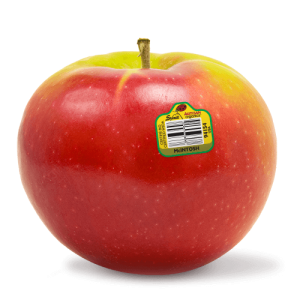
In fact, if you look at any instructional documentation on how to use Apple’s iCloud service, you will see the example user is Johnny Appleseed (real name Chapman), who planted thousands of apple trees along the American western frontier. In fact, in the American west, tree planting was used as a means of staking land claims, so the apple really is the crunchy, beating heart of the US of A.
Of course, a country as young as America may have invented the personal computer, but it certainly did not invent the apple pie. Apples and pies are about as American as my big toe. The first recorded recipe for apple pie has been found in an 1381 volume where the dish calls for the addition of figs, raisins and pears. In those days, the pie pastry was more of a food container than something to be eaten. This use of a ‘trencher’ was commonplace back then, and you can read about those in our article on ribollita.
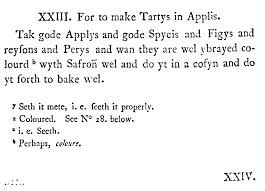
>
‘Recipe Zero’ here has a slightly confusing legacy. It was part of a compilation of notes from the chefs of the royal palace of King Richard II (1367–1400). It was known as The Forme of Cury, and the compiled notes dating from 1390 were presented to Queen Elizabeth I (1533–1603). Later, in 1780, Samuel Pegge published another edition of Forme of Cury, which was presented to Gustavus Brander, curator of the British Museum.
The recipe given here is lightly edited from one that Simon Hopkinson published his Independent newspaper column, where he called it ‘A surprisingly fine apple pie.’ We have been making this for years, and would like to thank Mr Hopkinson for a unsurprisingly fine recipe.
Apple pie
Ingredients
- 800–900g Bramley apples, peeled, cored , and cut into small pieces
- Juice of a lemon
- 5 whole cloves
- 175g caster sugar
- 1 tbsp cornflour
- 25g softened butter
- 375g puff pastry
- A small amount of milk
Instructions
Preheat the oven to 180˚C.
Mix the apples with the cloves, lemon juice, 150g of the sugar and the cornflour.
Lightly grease a 2–3cm, deep, loose-bottomed flan case. Roll out two-thirds of the pastry to line the tin, allowing the excess to flop over the rim. Put the apples in the flan case and press down lightly. Brush milk around the edge of the pastry, roll out the remaining third of pastry. Drape it over the apples pinch the two pastry edges together.
Cut around the pie to neaten up, and then knock the edges up and over to form a sort of rolled crust. Decorate how you wish, and then brush over with more milk and dust with the remaining caster sugar. Make a couple of incisions in the top to let the steam out, and then place the pie on a baking sheet and cook for 20 minutes.
Reduce the temperature to 150°C and continue to cook for a further 35-40 minutes until golden.
Leave to cool before releasing from the tin.

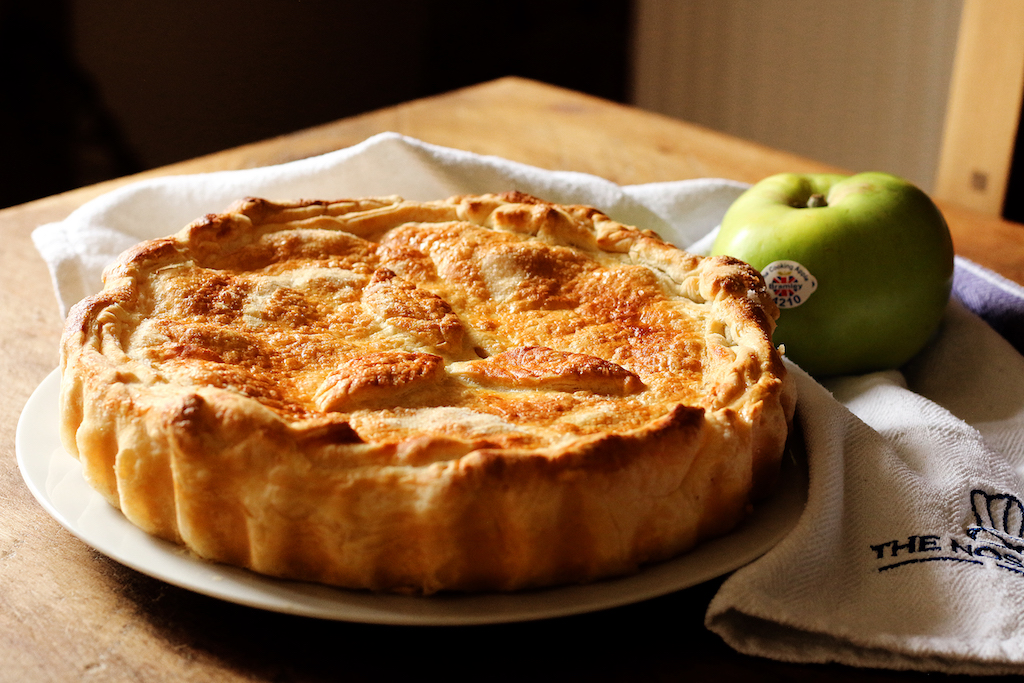


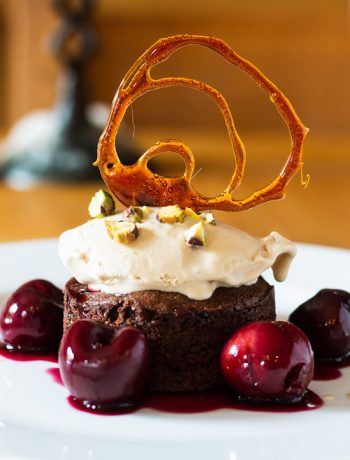

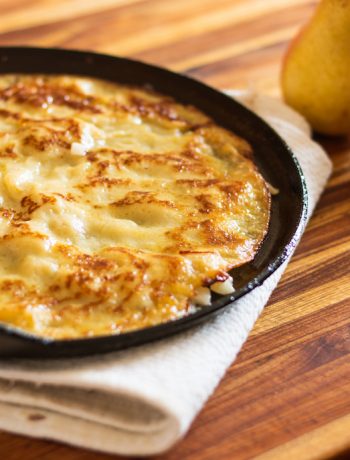
1 Comment
fooddoz.com
13/07/2022 at 8:52 pmGreat apple pie recipe. Thx